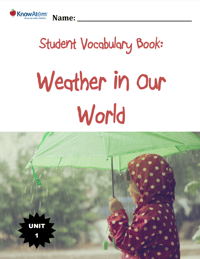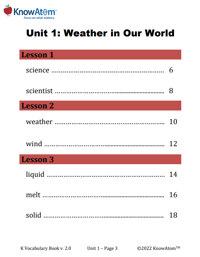In this brief lesson students begin to explore the differences between solids, liquids, and gasses as they conduct an experiment to see what happens to ice when it is heated. They will engage in Socratic dialogue and a picture thinking routine to observe water in its various forms. In the experiment, students predict what will happen to a block of ice placed in the sun and what will happen to ice that stays in a colder environment. The goal of this lesson is for students to begin acting like scientists by making predictions and conducting experiments to test their predictions. They will carry this understanding forward as they engage with phenomena hands-on as scientists and engineers in future lessons.




-1.png?width=337&height=410&name=Screenshot%20(28)-1.png)


